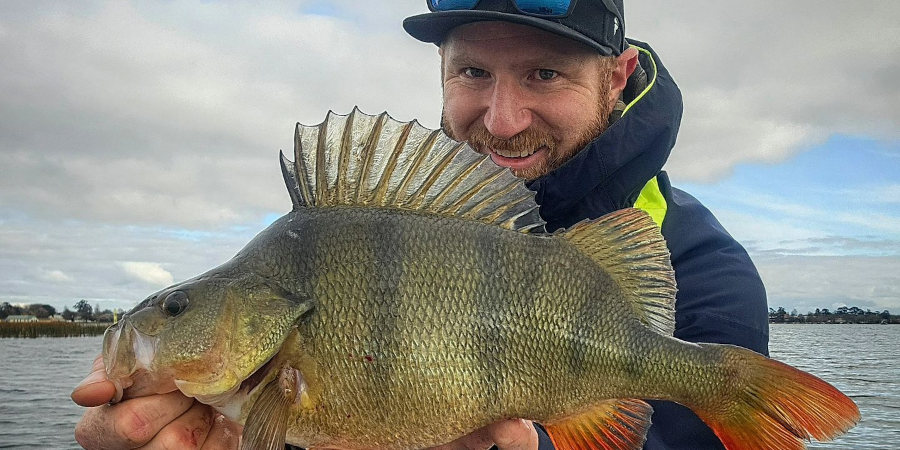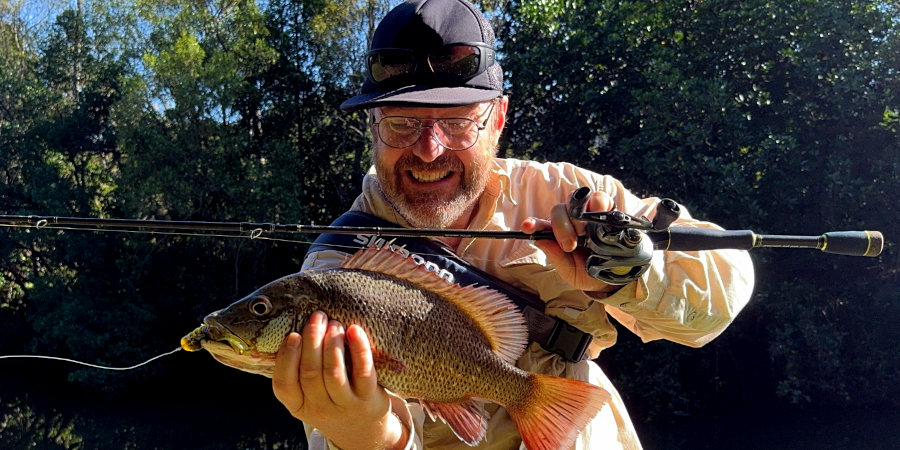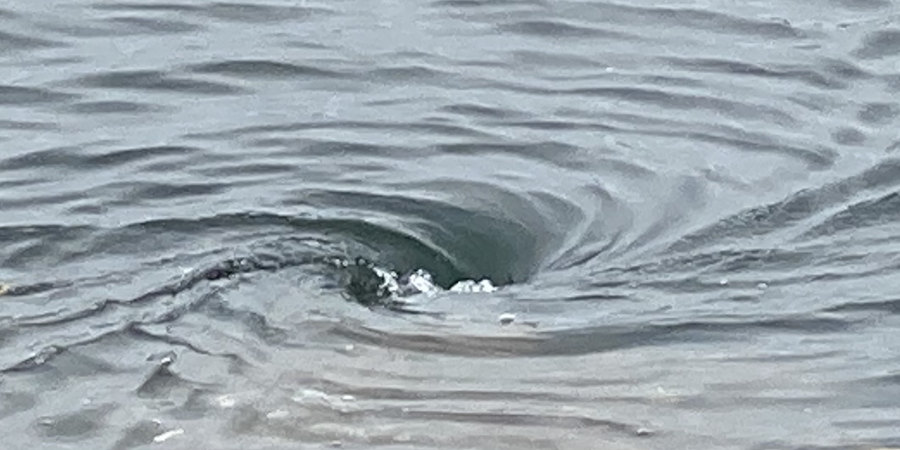
What’s The Biggest Mistake?
- We’re brought up to understand that we learn by making mistakes, like falling over when we’re learning to walk, falling off a bike the first few times and so on. But what if we don’t recognise that we’re making a mistake and therefore don’t learn from it? And what if we can see it, but overcoming the mistake means going against our instincts?
- Many anglers get fixated on fishing spots. Maybe we had a really good session at a spot once. Perhaps we caught a PB fish at this spot or a mate we trust recommended it to us. What often happens is we end up with a whole lot of marks in the GPS, but there are a few we have confidence in – and we fish those over and over, even if we don’t get good results. We know that good fish can be caught there.
- Land-based anglers can make the same mistake, it’s not limited to GPS marks. We can go back to where we caught fish previously and can get disappointed when it doesn’t fish well the next time we go there.
- The mistake is to assume that a good fishing spot is always a good fishing spot, no matter what. In other words, we assume it’s all about location and we forget about factoring in conditions.
What’s The Solution To Fishing’s Biggest Mistake?
- Understand that “X” doesn’t mark the spot and that all spots have days when they fish well and days when they fish badly. What you get the next time you visit depends on a range of highly changeable factors.
- Having a GPS mark merely means that you know the location of a piece of structure that has held fish in the past when conditions were right – and might hold fish again when the conditions are right. But it might or might not hold fish at other times if the weather, tides and other factors are different.
- Assessing the conditions the day before fishing, particularly wind and tide, then putting some thought into how that might affect where the fish will congregate based on a knowledge of their habits is a better strategy than simply motoring to a mark where you caught fish once.
- Once you understand wind and water movement you can start to figure out which spots are likely to fish best on the day and can go and check them out. This might mean visiting marks you already have, or using online tools to create waypoints for likely spots that can be uploaded to your GPS.
- On the day, select the top 5-6 spots you’ve identified and systematically fish each one. Look for the “Three B’s” – Baits, Birds and Bustups. If you’re seeing any one of these around your pre-chosen location it’s a good sign, two or more and it’s likely that you’re fishing the right place. Fish each location solidly using a range of lures for 15-20 minutes and if there’s no action, move to the next spot.
Soft Plastic Lure Fishing Hacks 101 With Greg Vinall
EPISODE # Check out our archives for more information on Botany Bay Fishing Spots!Fishing with soft plastic lures can be incredibly rewarding if you know how to use them effectively. With over 25 years of experience, I've picked up a range of tips and tricks that can...

Advanced Soft Plastic Techniques With Rory Benn-Clibborn
This interview with Rory Benn-Clibborn is EPISODE 679. Check out our archives for more information on Lure Fishing In Australia!In this masterclass, I chat with Rory Benn-Clibborn from Perch Palm Lures about various advanced techniques for fishing with soft plastic...

Mastering Stealth: Techniques for Fishing in Pressured Waters
In today’s episode we’re exploring the five top tips for catching fish in waterways that cop a lot of fishing pressure.

Finding Fish In Any Water Body
There’s a simple way to quickly and reliably identify where the fish will be congregated to feed…. and that’s the topic of todays ALF podcast episode.
Soft Plastic Lure Fishing Hacks 101 With Greg Vinall
EPISODE # Check out our archives for more information on Botany Bay Fishing Spots!Fishing with soft plastic lures can be incredibly rewarding if you know how to use them effectively. With over 25 years of experience, I've picked up a range of tips and tricks that can...

Advanced Soft Plastic Techniques With Rory Benn-Clibborn
This interview with Rory Benn-Clibborn is EPISODE 679. Check out our archives for more information on Lure Fishing In Australia!In this masterclass, I chat with Rory Benn-Clibborn from Perch Palm Lures about various advanced techniques for fishing with soft plastic...


0 Comments